Diamonds 101: Natural vs. Lab-Grown
To a scientist, a diamond is just the element carbon crystallized into solid form. Technically, they’re not wrong—it’s science. But to many, diamonds represent so much more than a mineral.
Diamonds, whether formed naturally or grown in a lab, are symbols of resilience and strength. Natural diamonds are rare, precious gems that took billions of years to form deep beneath the Earth’s surface under extraordinary heat and pressure. Lab-grown diamonds, on the other hand, are a product of innovation and human ingenuity, replicating these natural processes in a matter of weeks. Both represent incredible journeys—one crafted by nature, the other by science.
Diamonds are also the hardest known mineral, ranking a 10 on the Mohs Hardness Scale. Their name comes from the Greek word “Adamas,” meaning “unbreakable.” Whether natural or lab-grown, a diamond’s durable crystal structure makes it perfect for everyday wear, a fitting symbol for enduring relationships.
Learn how to take care of your precious gems and jewels here.
So what is a Lab-Grown Diamond?
Lab-grown diamonds are created using advanced technology that mimics natural processes. There are two primary methods:
- HPHT (High Pressure High Temperature): This method simulates the intense conditions beneath Earth’s crust.
- CVD (Chemical Vapor Deposition): This process breaks down carbon-rich gas, depositing carbon atoms onto a diamond seed crystal.
Initially used for industrial purposes, lab-grown diamonds have recently entered the fine jewelry market. To the untrained eye, they’re virtually indistinguishable from natural diamonds. However, diamond professionals can identify each type based on unique characteristics left behind during formation.
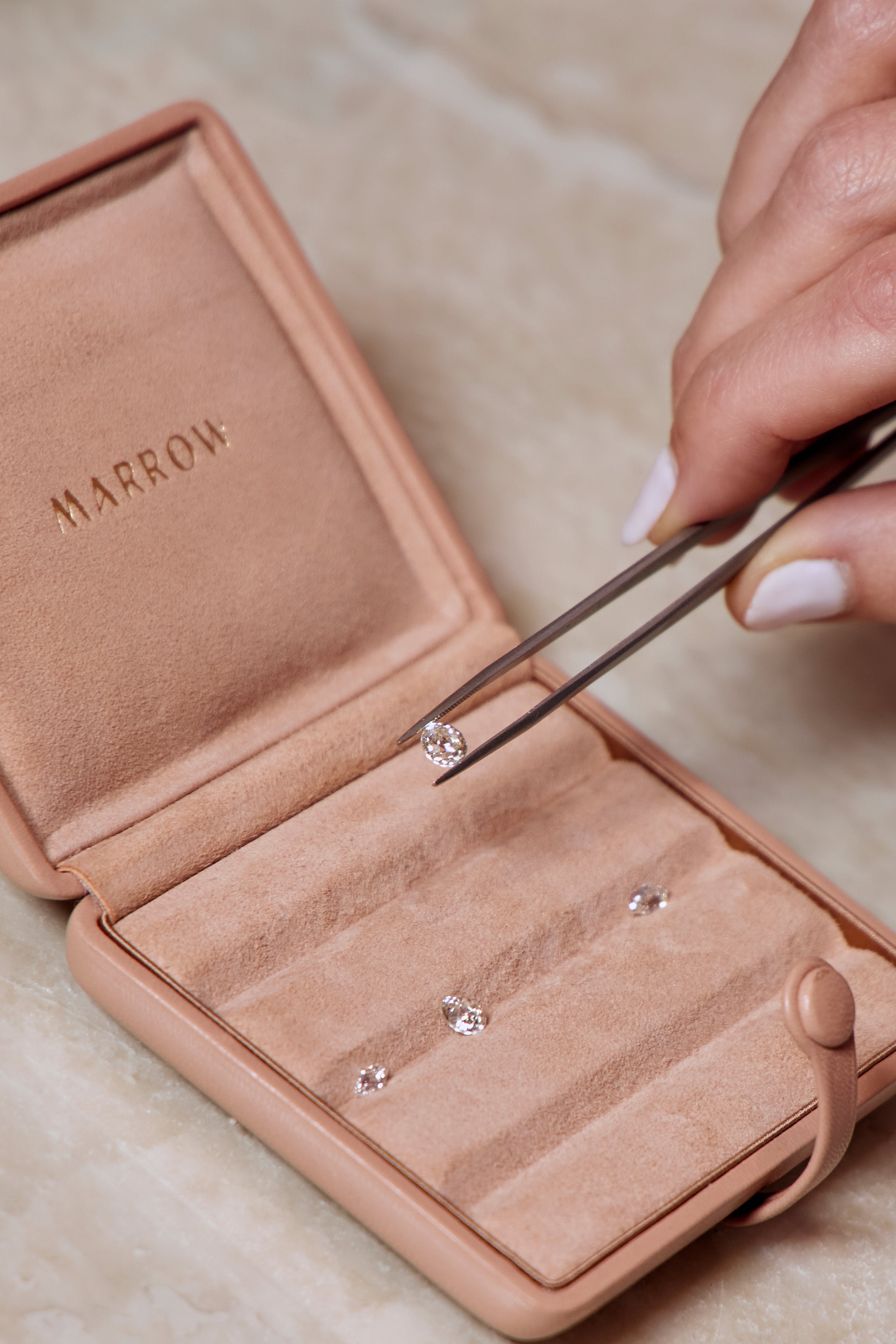
Grading & Pricing
Both natural and lab-grown diamonds are graded according to the same 4C’s—Color, Clarity, Cut, and Carat—and both receive certification. To ensure transparency, lab-grown diamonds are accompanied by reports explicitly labeled as such, following FTC guidelines.
While lab-grown diamonds often come at a lower price point, they currently lack a secondary resale market. As technology evolves and production increases, it’s possible that prices for lab-grown diamonds may decrease over time.
As of right now, laboratory-grown diamonds do not have a secondary resale market and there isn’t enough data yet to show what a consumer is willing to pay for them over time. They’re still so new. As you can imagine, if the technology continues to advance, competition continues to increase, and more synthetics continue to enter the market, it is likely that their prices will be driven down over time. It also could mean that your lab-grown diamond will not be worth what you initially paid for it.
Environmental Concerns
For environmentally conscious consumers, sustainability is a key factor in choosing a diamond. While lab-grown diamonds are often marketed as eco-friendly, the energy consumption involved in their creation can vary depending on the production methods and energy sources used. If minimizing environmental impact is a priority, vintage diamonds offer an excellent alternative. By choosing antique stones, you’re reducing demand for new mining or production while owning a piece of history.
Antique Diamonds: A Sustainable Treasure
It’s no secret that we love antique diamonds here at Marrow. We’re always on the treasure hunt for stunning facets, funky shapes and kaleidoscope patterns. There is something so special in knowing that you’re wearing a piece of handcrafted history.
Antique diamonds are typically over hundred years old with the majority being cut prior to the 1920’s and before the widespread use of electricity. Each stone is as unique as the next since a skilled jeweler relied on their trained eye to hand-cut and polish the stone, rather than the precision of an automated computer or fancy modern machine. Antique diamonds have a subtle sparkle that’s all their own and a facet pattern that resembles a clustered checkerboard or a fanciful flower thanks to their cute little culet.
Because antique diamonds were cut specifically to maximize candlelight, you may notice that your stone sparkles the absolute most in dimmer lighting, perhaps at a romantic dinner or even a dive bar (to each their own ambiance).
If you follow us on Instagram, then you’ve definitely heard us refer to a stone that faces up larger than her carat weight as “spready.” Since antique diamonds were cut more with size in mind, rather than extreme sparkle, these stones tend to look larger in carat weight than they actually are!
While pricing per carat can be roughly the same, there is a very limited supply of antique diamonds, which makes them more rare than their modern counterparts. As their scarcity increases, along with the recent resurgence and market demand, they definitely have the potential to hold and increase their value over time.
Choosing Your Perfect Diamond
When selecting a diamond, it ultimately comes down to your personal priorities and preferences— if it's important to you, it's important to us. Whether you’re drawn to the rarity of natural diamonds, the innovation of lab-grown options, or the history of antique stones, each type has its own story to tell.
Our team is here to help you find the perfect gem to symbolize your unique love. Book an appointment with one of our stylists to start creating the engagement ring of your dreams. We can’t wait to bring your vision to life!
![Til Death Black Enamel Band - 4mm [yellow gold front]](http://www.marrowfine.com/cdn/shop/files/Til_Death_Black_Enamel_Band_-_4mm.png?crop=center&height=1000&v=1727821921&width=1000)
![Everyday Petite Band [Yellow Gold]](http://www.marrowfine.com/cdn/shop/files/WireRing-2mm_YG.jpg?crop=center&height=1500&v=1738697824&width=1500)
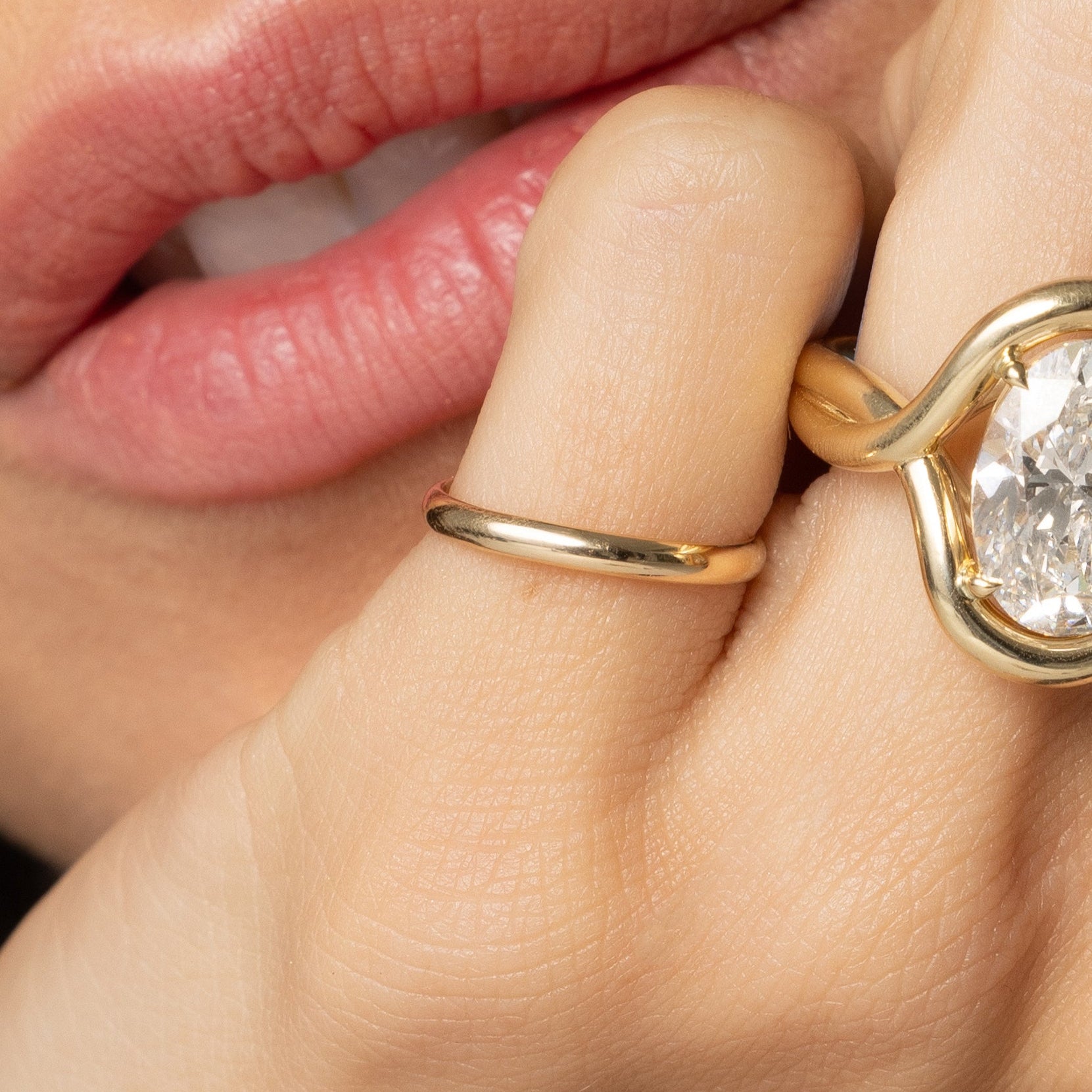


![Marrow Fine Jewelry 6mm Til Death Black Enamel Band [Yellow Gold]](http://www.marrowfine.com/cdn/shop/files/Til_Death_Black_Enamel_Band_-_6mm.png?crop=center&height=240&v=1746035207&width=240)
![White Diamond Mini Lucy Wave Band [Yellow Gold]](http://www.marrowfine.com/cdn/shop/files/WhiteDiamondMiniLucyWaveBandYG.jpg?crop=center&height=240&v=1741022376&width=240)
![Everyday Wave Band - 3mm [Yellow Gold]](http://www.marrowfine.com/cdn/shop/files/LargeEverydayWaveBand_YG.jpg?crop=center&height=239&v=1719357278&width=240)
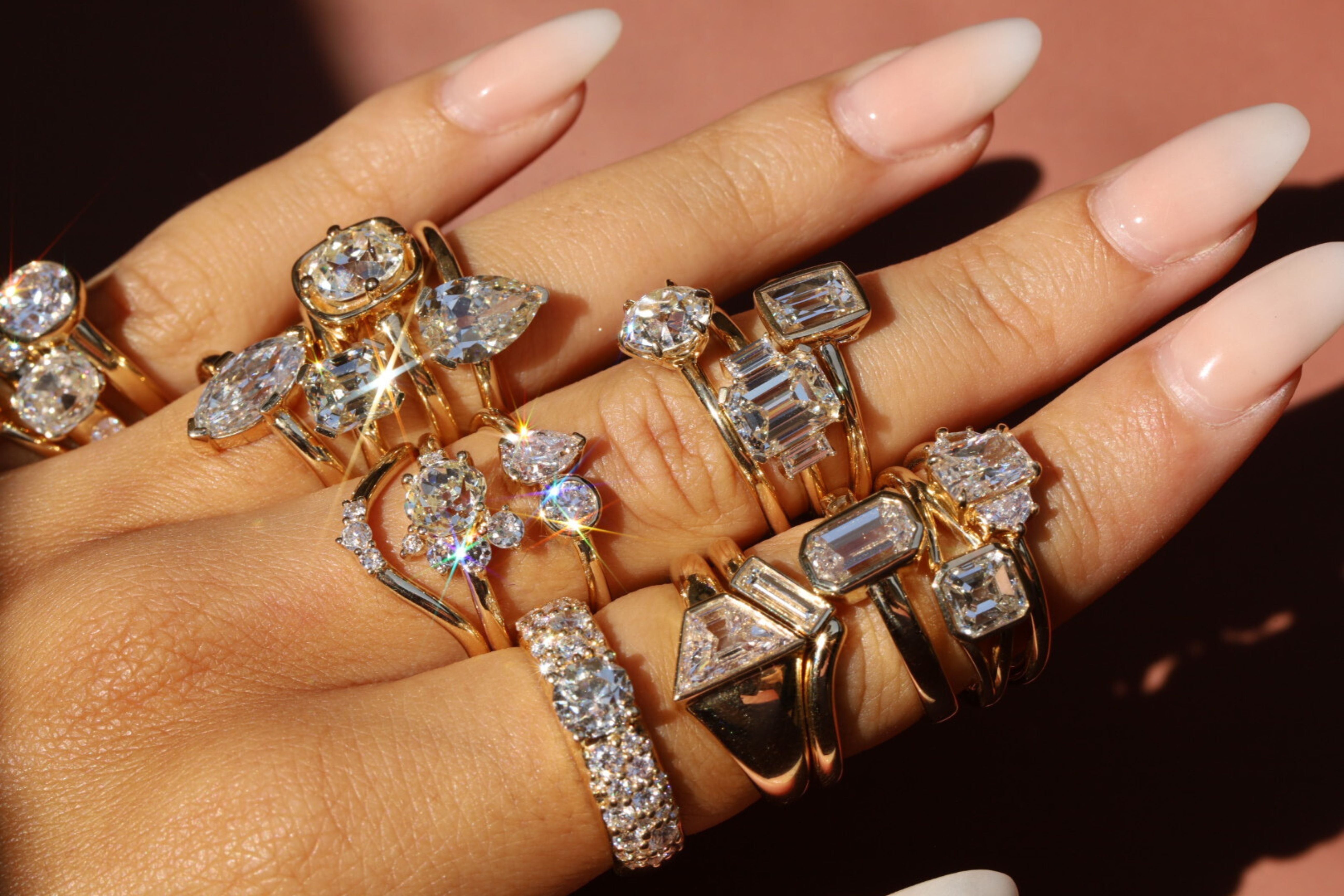
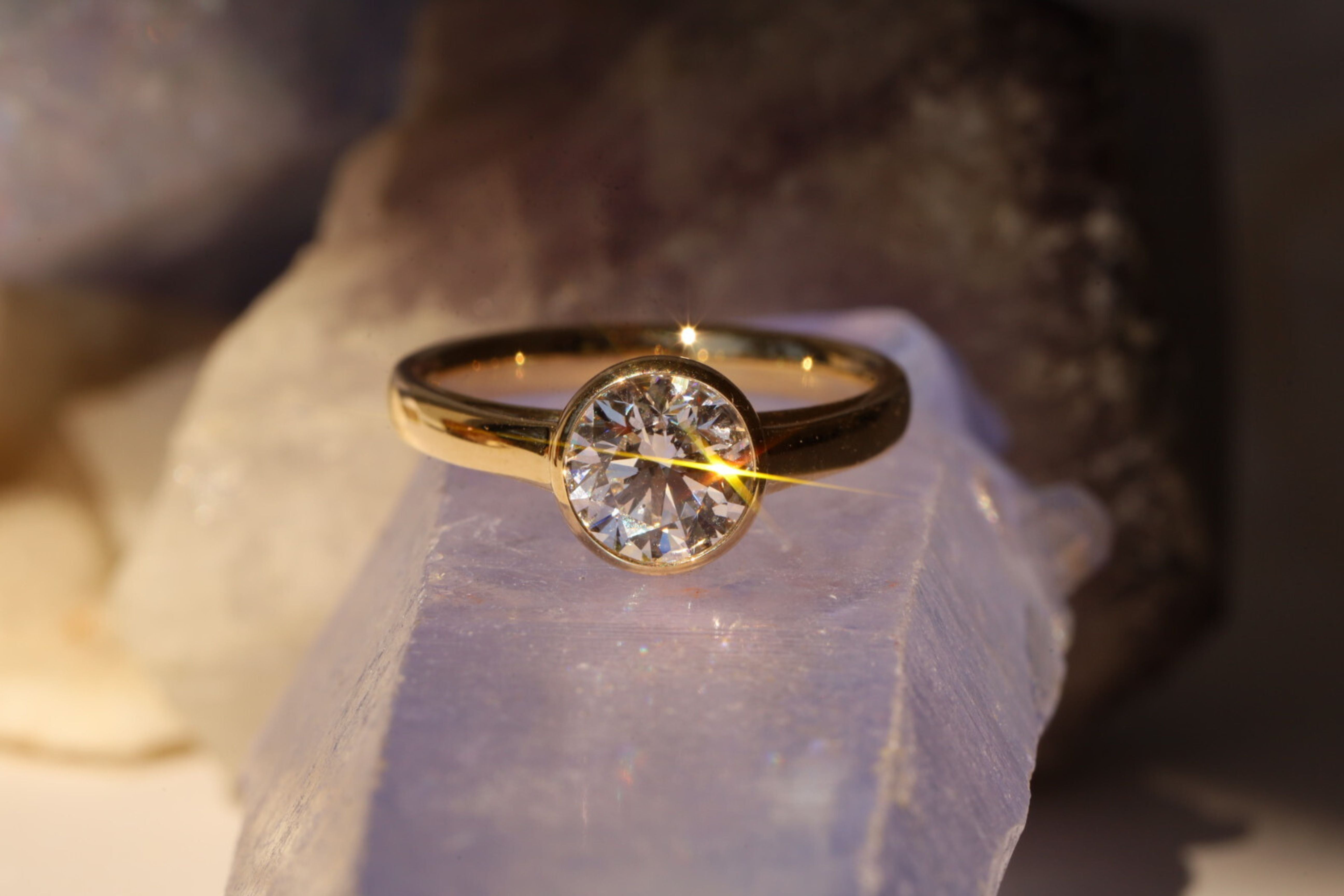
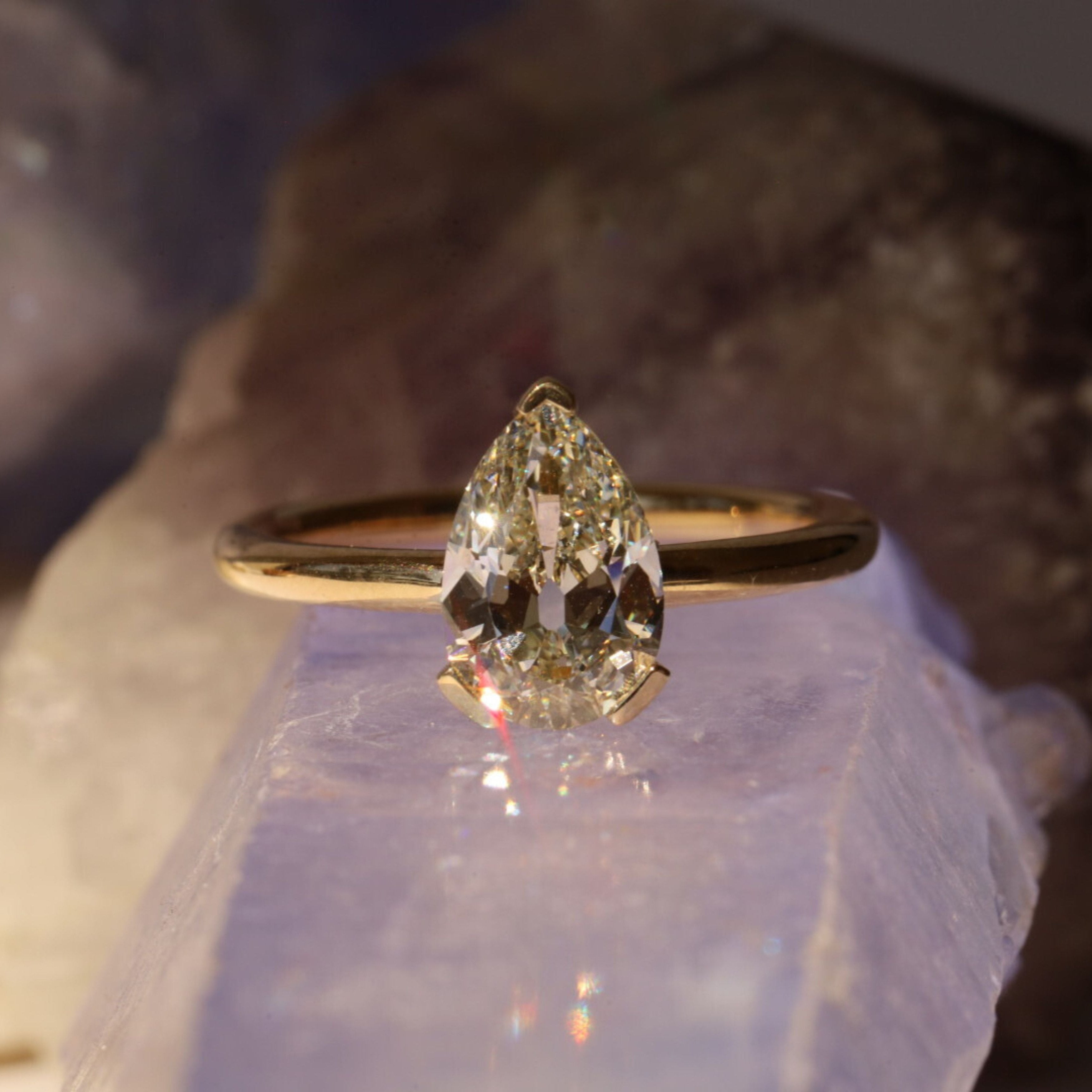
![1.24ct Old Mine Diamond Amelia and Rosette Set [flat lay]](http://www.marrowfine.com/cdn/shop/files/1.24ct_Old_Mine_Diamond_Amelia_and_Rosette_Set.jpg?crop=center&height=4491&v=1726091718&width=3455)
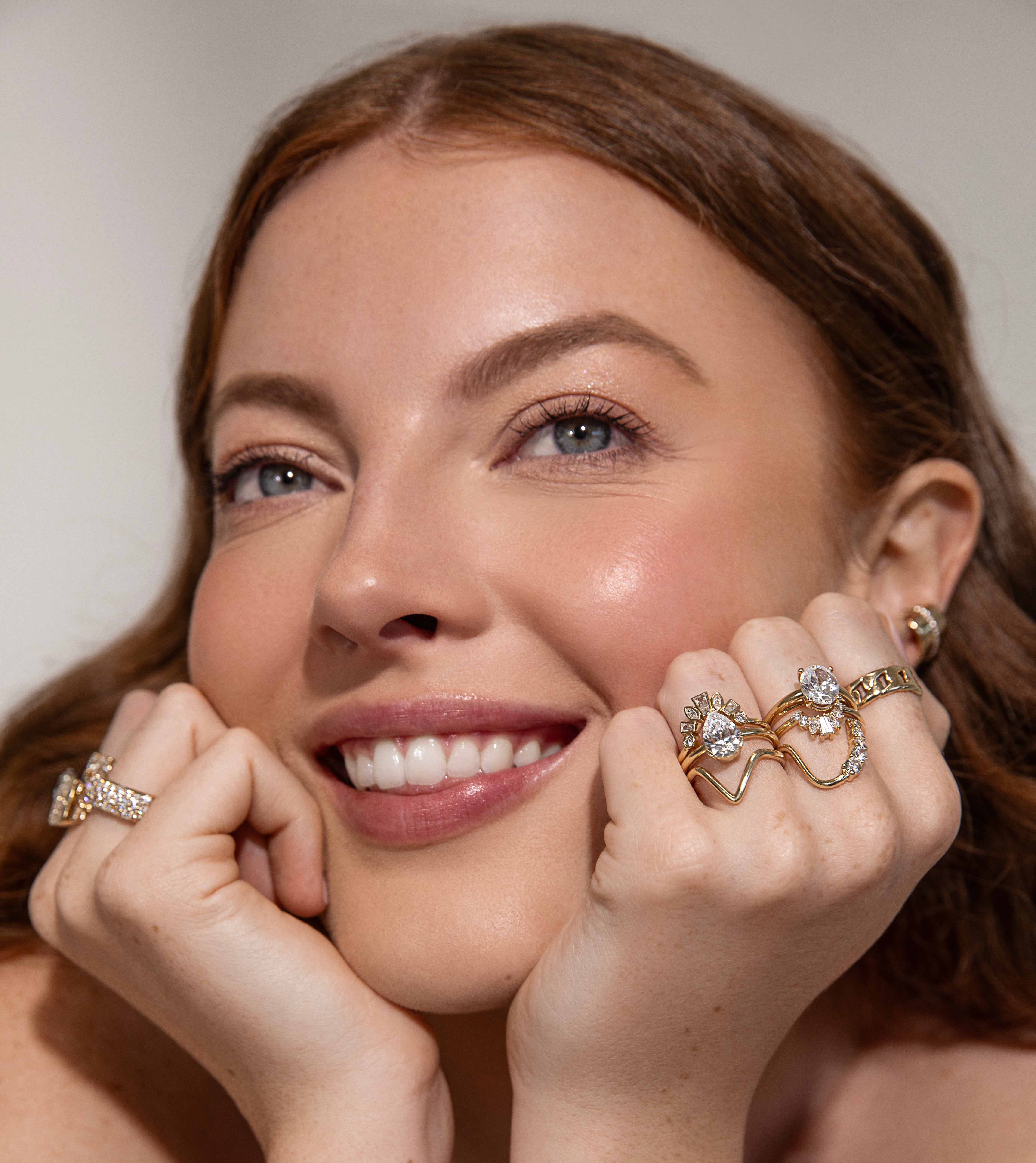
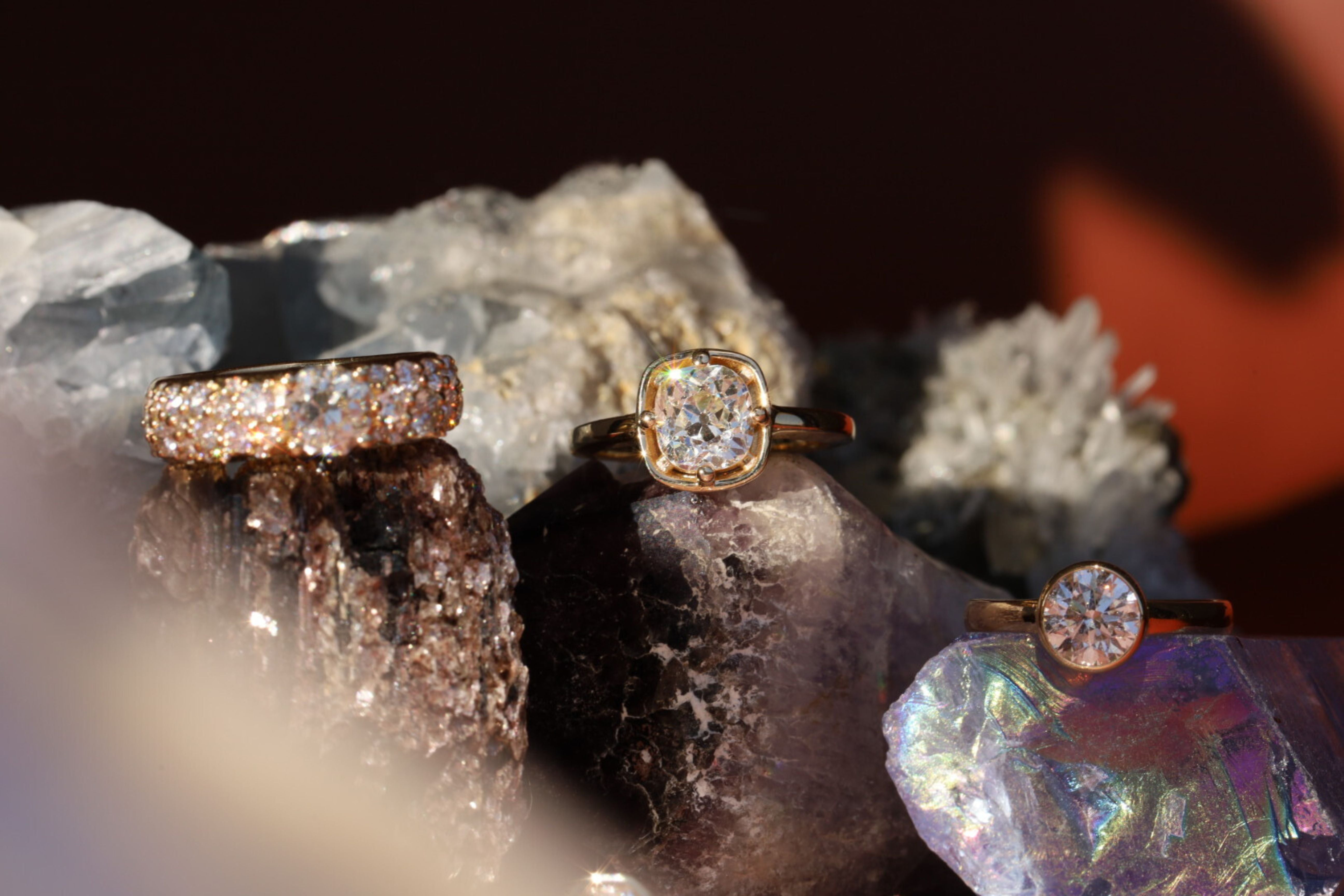
![5.01ct Lab Diamond Oval Florence Ring [yellow gold]](http://www.marrowfine.com/cdn/shop/files/5.01ctLabDiamondOvalFlorenceRingOOAK.jpg?crop=center&height=1500&v=1744908267&width=1500)





![6.06ct Lab Diamond Oval Florence Ring [Yellow Gold]](http://www.marrowfine.com/cdn/shop/files/6.06ctLabDiamondOvalFlorenceRingOOAK.jpg?crop=center&height=1500&v=1744908541&width=1500)


![3.08ct Sapphire & 1.55ct Diamond Trapezoid Ring with 0.57tcw Sapphire Tracer Band [front flatlay]](http://www.marrowfine.com/cdn/shop/files/3.08ctSapphire_1.55ctDiamondTrapezoidRingwith0.57tcwSapphireTracerBandOOAK.jpg?crop=center&height=1500&v=1734111195&width=1500)
![3.08ct Sapphire & 1.55ct Diamond Trapezoid Ring with 0.57tcw Sapphire Tracer Band [on hand]](http://www.marrowfine.com/cdn/shop/files/3.08ct_Sapphire_1.55ct_Diamond_Trapezoid_Ring_with_0.57tcw_Sapphire_Tracer_Band.jpg?crop=center&height=4160&v=1734476114&width=4160)
![1.20ct Cushion Cut Diamond [front flatlay]](http://www.marrowfine.com/cdn/shop/files/1.20ctCushionCutDiamondOOAK.jpg?crop=center&height=1500&v=1734111147&width=1500)
![1.20ct Cushion Cut Diamond [on hand]](http://www.marrowfine.com/cdn/shop/files/1.20ct_Cushion_Cut_Diamond_on_hand.jpg?crop=center&height=3848&v=1734458796&width=3848)
![1.00ct Cushion Cut Diamond [front flatlay]](http://www.marrowfine.com/cdn/shop/files/1.00ctCushionCutDiamondOOAK.jpg?crop=center&height=1500&v=1734111096&width=1500)
![1.00ct Cushion Cut Diamond [on hand]](http://www.marrowfine.com/cdn/shop/files/1.00ct_Cushion_Cut_Diamond_on_hand_on_hand.jpg?crop=center&height=3607&v=1734458745&width=3607)